Instructions and notes
Switch to gunner sight to aim.
Pitch and roll to drive
Deactivate 8 to retract commander
Note: brakes are not great
Best to use it above low physics
Also the gun depression is good because of a weird mechanism, you'll see.
The top mg aims up to let the hatch to close fully and allow the commander to grab it quicker when "buttoning down"
Rockets stored in the back of the turret to simulate being "ammoracked"
Disclaimer: most of the things below this line is fictional
________________________________________________
LORE
Development
The development of the PzSpWg II Ausf. A during World War II marked a significant departure from its predecessor, evolving from a planned upgrade into a comprehensive redesign. Engineers enlarged the rear to house a more powerful engine, enabling a top speed of 99 km/h. The turret was revamped to accommodate an additional crew member and equipped with the potent Pak 40 anti-tank gun. Streamlined front armor, wider tracks, and upgraded suspension further enhanced maneuverability and stability. This ambitious redesign underscored German efforts to maintain battlefield superiority, making the PzSpWg II Ausf. A a pivotal asset in reconnaissance and combat operations throughout the war.
Gun
the Pak 40 emerged as a crucial advancement over its predecessor, the Pak 38, in the realm of anti-tank weaponry. Designed to address the escalating armor thickness of Allied tanks, particularly the Soviet T-34 and American Sherman, the Pak 40 featured a robust 75 mm caliber and higher muzzle velocity. This upgrade allowed it to penetrate thicker armor at longer distances with greater precision and lethality. The Pak 40's effectiveness in combat situations underscored its importance as a cornerstone of German anti-tank defenses during World War II, showcasing German engineering prowess and adaptability amidst the evolving challenges of armored warfare on the Eastern and Western fronts.
Pak 38
Pak 40
Engine
The integration of the Maybach HL 210 P30 engine into vehicles like the PzSpWg II Ausf. A during World War II presented significant engineering challenges due to its size and power output. Originally designed to produce approximately 650 horsepower, the engine's dimensions necessitated enlarging the rear compartment and making extensive adjustments to fit within the tank's chassis. To accommodate the engine without compromising the tank's design and performance, it was necessary to downrate the engine to around 400 horsepower. This adjustment ensured that the PzSpWg II Ausf. A maintained optimal balance, mobility, and operational effectiveness on the battlefield, allowing German armored forces to effectively engage Allied tanks and maintain combat superiority.

Captian Haultmann Karl Schneider
Captain Hauptmann Karl Schneider's tactical brilliance and leadership were instrumental during the Eastern Front campaign of World War II. Transitioning from earlier tank models to the advanced PzSpWg II Ausf. A, Schneider employed innovative flanking tactics that wreaked havoc among Soviet tank formations. His strategic maneuvers not only disrupted enemy supply lines but also inflicted significant losses on Soviet armored units. Schneider's decisive actions played a crucial role in pushing the 7th Panzer Division forward, contributing to the relentless advance towards Moscow. Recognizing his exceptional leadership and combat prowess, Schneider was promoted to the rank of Major, a testament to his strategic acumen and dedication on the battlefield. His achievements underscored the effectiveness of German armor tactics and the pivotal role played by experienced commanders in the tumultuous Eastern Front campaign.

Flaws
The PzSpWg II Ausf. A, while renowned for its speed and agility, faced significant drawbacks that impacted its performance on the battlefield. One of its notable flaws was its relatively light armor plating, a compromise made to maintain high mobility. This lack of sufficient armor left the tank vulnerable to enemy fire, especially from anti-tank weapons and larger caliber guns employed by Allied forces. The trade-off between speed and armor protection often exposed the crew to greater risks in combat situations.
Another critical issue was its inadequate braking system, which struggled to cope with the tank's high speed and weight. This deficiency hindered precise maneuvering and quick stops, crucial for evading enemy fire or navigating through challenging terrain. The unreliable brakes not only affected the tank's operational efficiency but also posed safety concerns for the crew during intense combat engagements.
Despite these flaws, the PzSpWg II Ausf. A remained in service due to its strategic mobility and effectiveness in reconnaissance and rapid assault roles. Its shortcomings underscored the ongoing challenges faced by German engineers in balancing speed, protection, and maneuverability in armored vehicle design during World War II.
Potential upgrades
The desire to mount the powerful Tiger tank's gun on the PzSpWg II Ausf. A stemmed from the recognition of its existing firepower limitations. Engineers and strategists sought to enhance the tank's combat effectiveness by upgrading its armament to the formidable 88 mm KwK 36 gun used on the Tiger I. This proposed modification aimed to give the Ausf. A variant greater capability to engage and destroy enemy tanks at longer ranges, thereby addressing the evolving threats on the battlefield. The plan to integrate such a potent gun onto a lighter, more agile chassis like the PzSpWg II Ausf. A reflected the German military's adaptive approach to maximize the utility of existing resources and technologies amidst the demands of World War II.
In addition to upgrading the armament to the powerful 88 mm KwK 36 gun from the Tiger tank, German engineers were also exploring the feasibility of installing the robust 650 horsepower Maybach HL 210 P30 engine into the PzSpWg II Ausf. A. This ambitious proposal involved further enlarging the rear compartment of the tank to accommodate the larger engine. By integrating the more potent engine, the goal was to significantly enhance the tank's mobility and operational capabilities on the battlefield. This dual upgrade initiative underscored efforts to transform the Ausf. A into a more formidable combat vehicle capable of effectively engaging and outmaneuvering Allied armor. It reflected German ingenuity and adaptability in leveraging advanced technologies and optimizing existing platforms to meet the challenges of wartime conditions during World War II.
Specifications
General Characteristics
- Created On Android
- Wingspan 12.3ft (3.8m)
- Length 27.5ft (8.4m)
- Height 11.7ft (3.6m)
- Empty Weight 28,530lbs (12,941kg)
- Loaded Weight 46,253lbs (20,980kg)
Performance
- Wing Loading N/A
- Wing Area 0.0ft2 (0.0m2)
- Drag Points 7286
Parts
- Number of Parts 333
- Control Surfaces 0
- Performance Cost 1,820

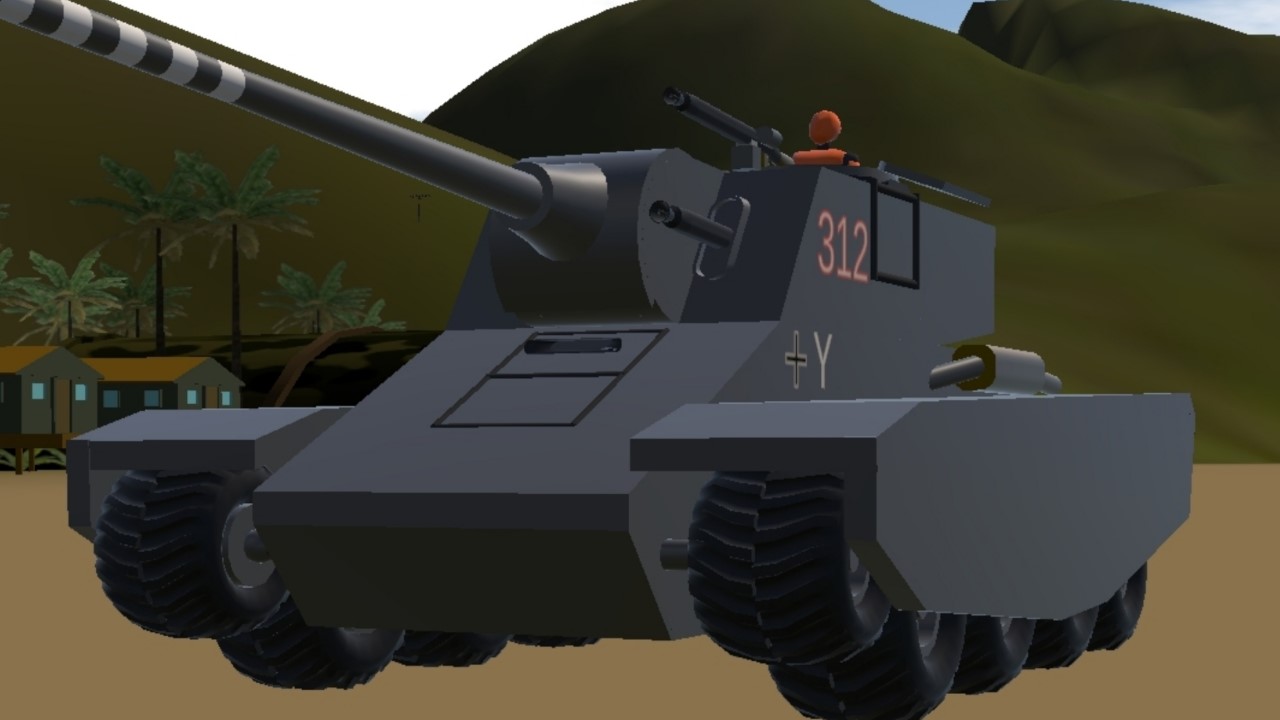
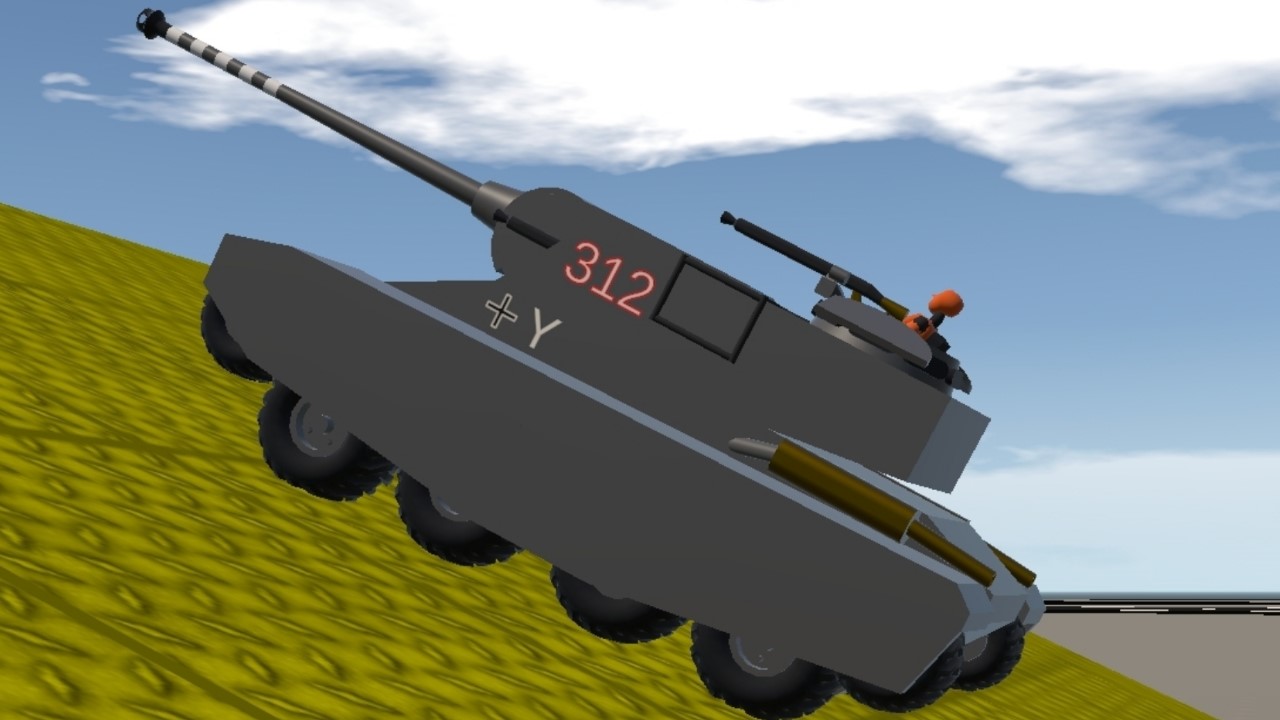

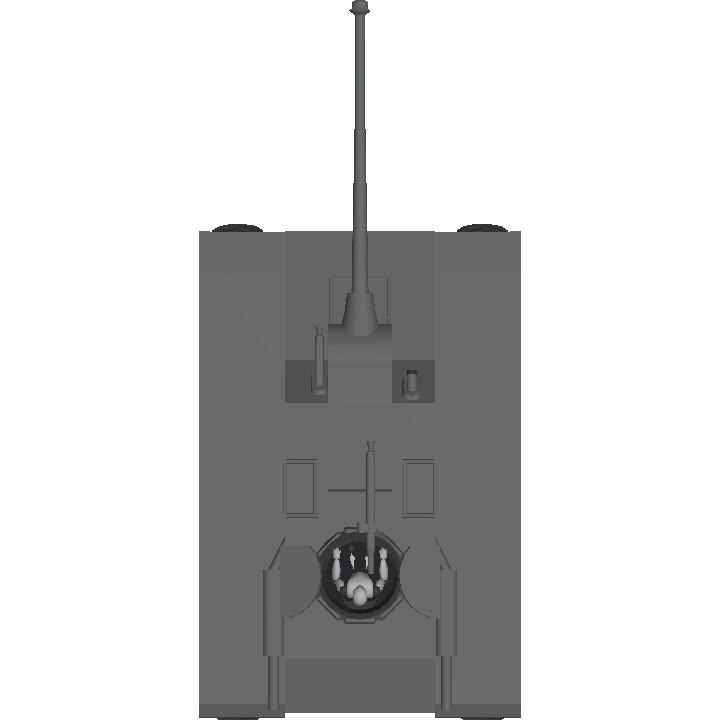
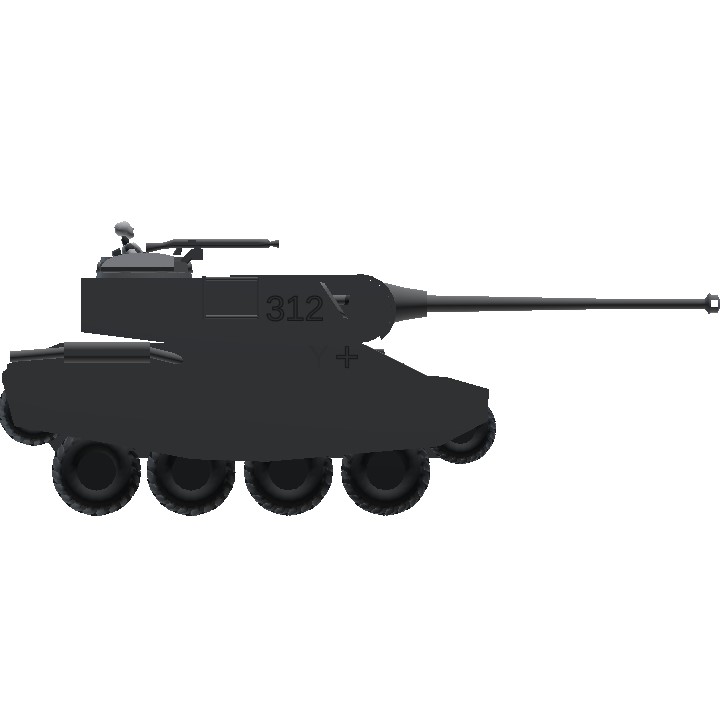
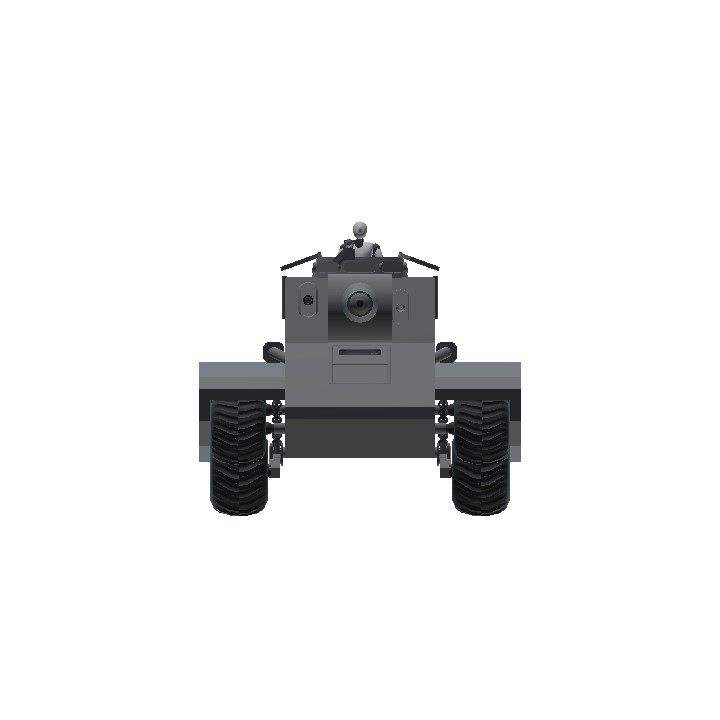
I'm working on a PZSPWG II